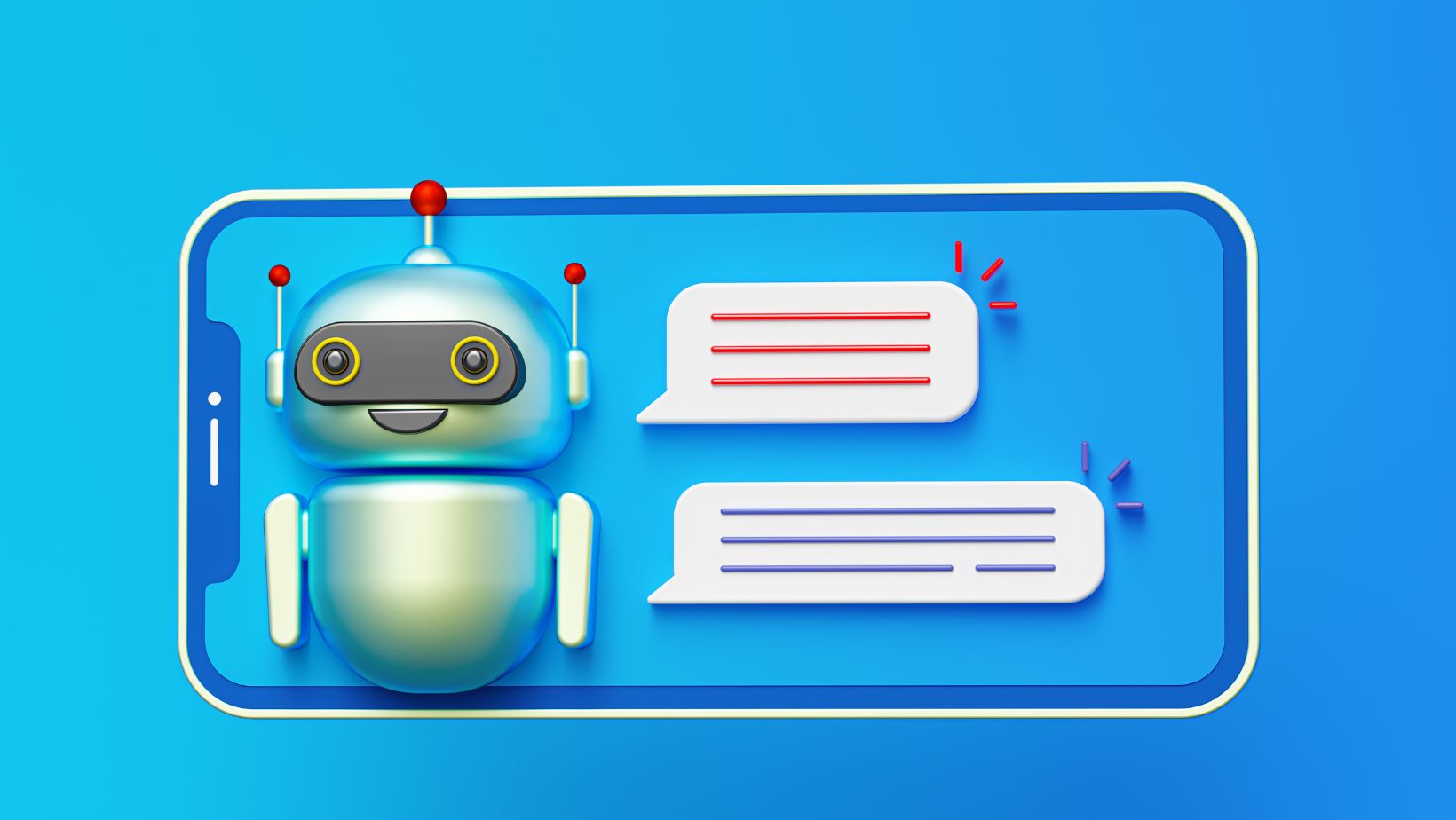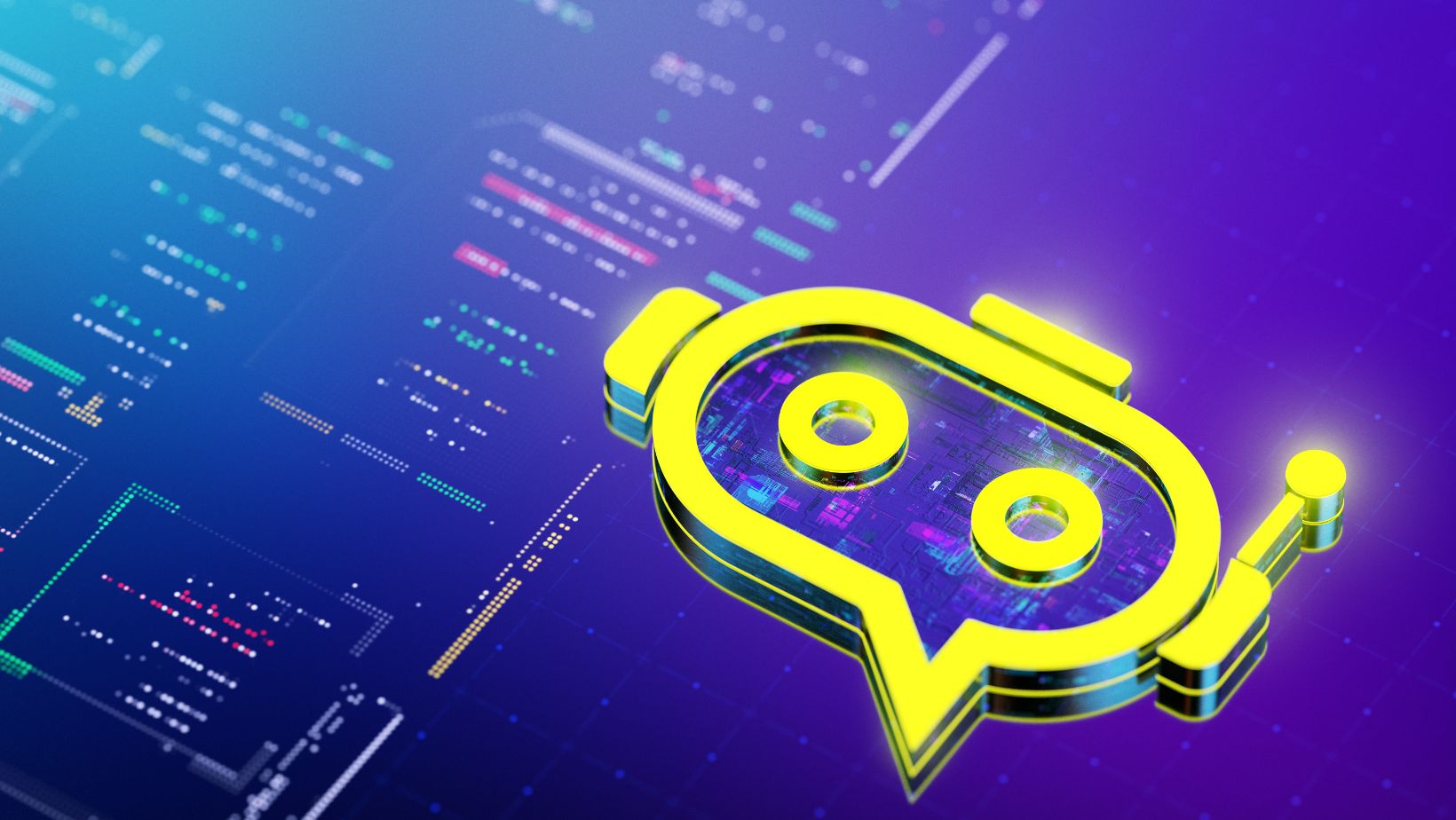
Artificial intelligence is transforming service desks by blending efficiency with user satisfaction. As businesses integrate AI-driven solutions, they must balance automation with human interaction to create a more responsive service environment.
The role of AI in service desks is expanding as companies adopt these technologies to improve help desk operations. The key is to balance technological advancements with personalized customer service. This is where conversational AI chatbots and assistants play a crucial role, each offering unique advantages in creating a harmonious service experience.
Challenges and Opportunities in AI Integration
Implementing AI-driven help desk solutions presents both challenges and opportunities. One challenge is ensuring AI systems can effectively respond to diverse customer inquiries without losing the personal touch. However, AI offers significant opportunities, such as processing large amounts of data quickly for faster response times and accurate issue resolutions.
AI’s ability to operate 24/7 provides consistent service across time zones, benefiting global companies aiming for high customer satisfaction. Achieving this requires careful planning and ongoing refinement of AI algorithms to ensure reliability and relevance in responses.
Integrating AI into service desks can also free human agents from routine tasks, allowing them to focus on complex issues requiring human intuition and empathy. This not only enhances employee satisfaction but also improves service quality by deploying human resources where they are most needed—especially when understanding the differences between solutions like a conversational ai chatbot vs assistants, which can help determine the right tool for each type of interaction.
Security and data privacy considerations also present significant challenges in AI integration. Organizations must implement robust safeguards to protect sensitive customer information while maintaining seamless service delivery. This includes encryption protocols, secure authentication methods, and compliance with data protection regulations. Successfully addressing these security challenges can become a competitive advantage, demonstrating a commitment to customer privacy while delivering efficient automated services.
Comparing AI Chatbots and Assistants
Conversational AI chatbots and AI assistants offer distinct functionalities and benefits. Chatbots are designed for specific tasks like answering FAQs or providing basic troubleshooting steps, excelling in environments needing quick, straightforward responses. In contrast, AI assistants offer a comprehensive interaction model, managing complex queries over extended conversations.
The choice between chatbots and assistants depends on organizational needs and task complexity. Chatbots efficiently handle high-volume requests with simple answers, while assistants are better for nuanced interactions requiring deeper engagement. Both tools contribute to balancing automation efficiency with the value of the personal touch of customers.
Organizations often find a combination of both technologies most effective. By deploying chatbots for routine inquiries and leveraging assistants for detailed interactions, businesses can achieve an optimal service desk experience that maximizes efficiency and user satisfaction.
Adopting a Proactive and User-Centric Approach
Real-world examples show the benefits of a proactive and user-centric approach in AI service desks. Organizations integrating these technologies report improved response times, higher customer satisfaction, and enhanced operational efficiencies. Predictive analytics allows AI systems to offer solutions before issues escalate.
This proactive strategy enhances customer experiences and reduces human agent workloads by preemptively addressing common concerns. Feedback loops within these systems ensure continuous learning and adaptation, enabling service desks to evolve with changing user expectations.
Tips for Implementing AI Solutions
When implementing AI solutions in service desk operations, start by defining objectives and identifying areas where AI can have the most impact. Prioritize tasks that are repetitive or time-consuming for human agents but manageable by AI tools. Collaboration between IT teams and customer support staff is crucial for smooth integration.
Invest in training programs to help your team leverage these technologies effectively while maintaining high user satisfaction standards. Regularly review performance metrics to identify improvement areas and adjust strategies accordingly. Staying informed about emerging trends and refining your approach ensures your organization remains at the forefront of innovation.





